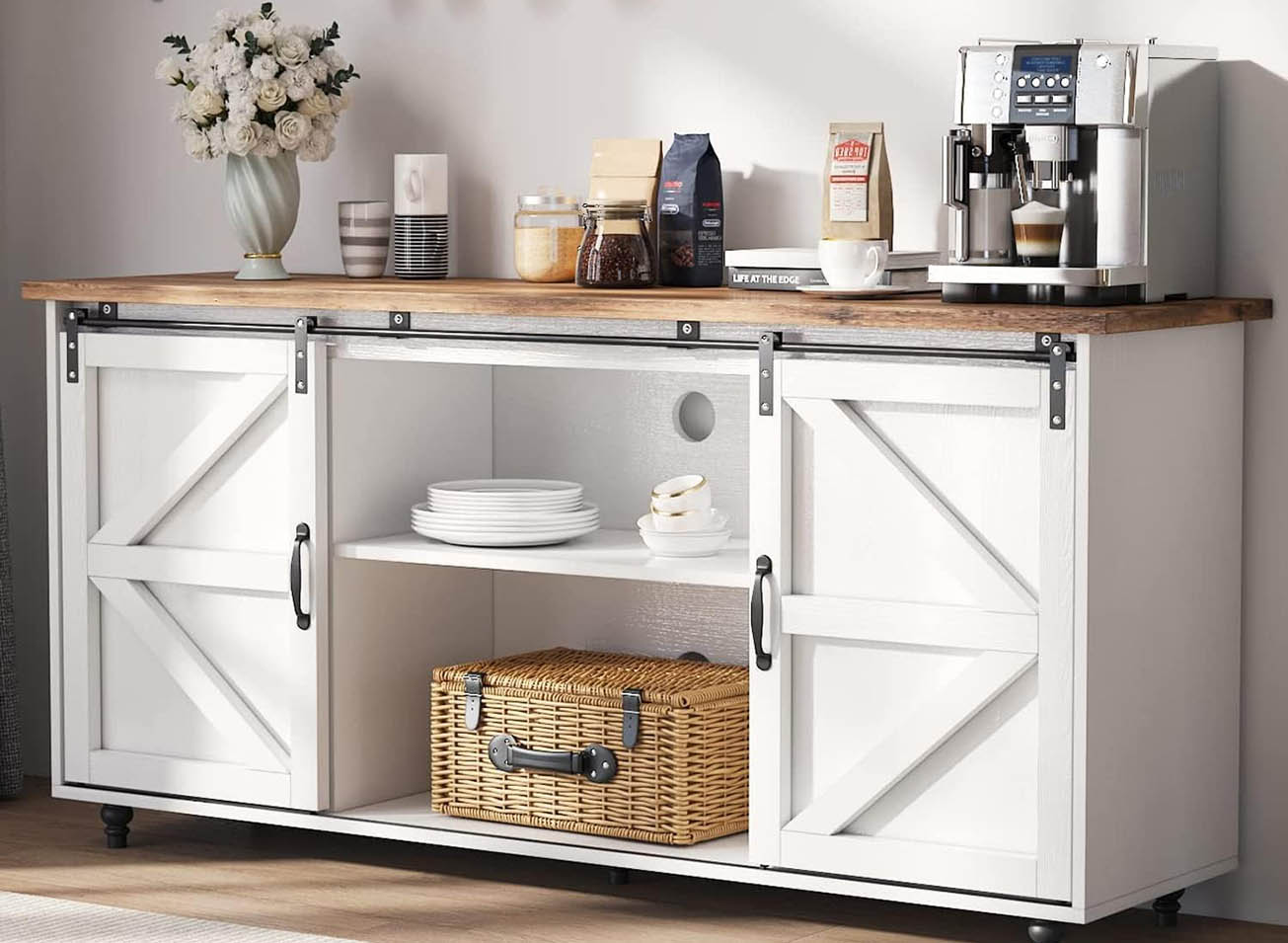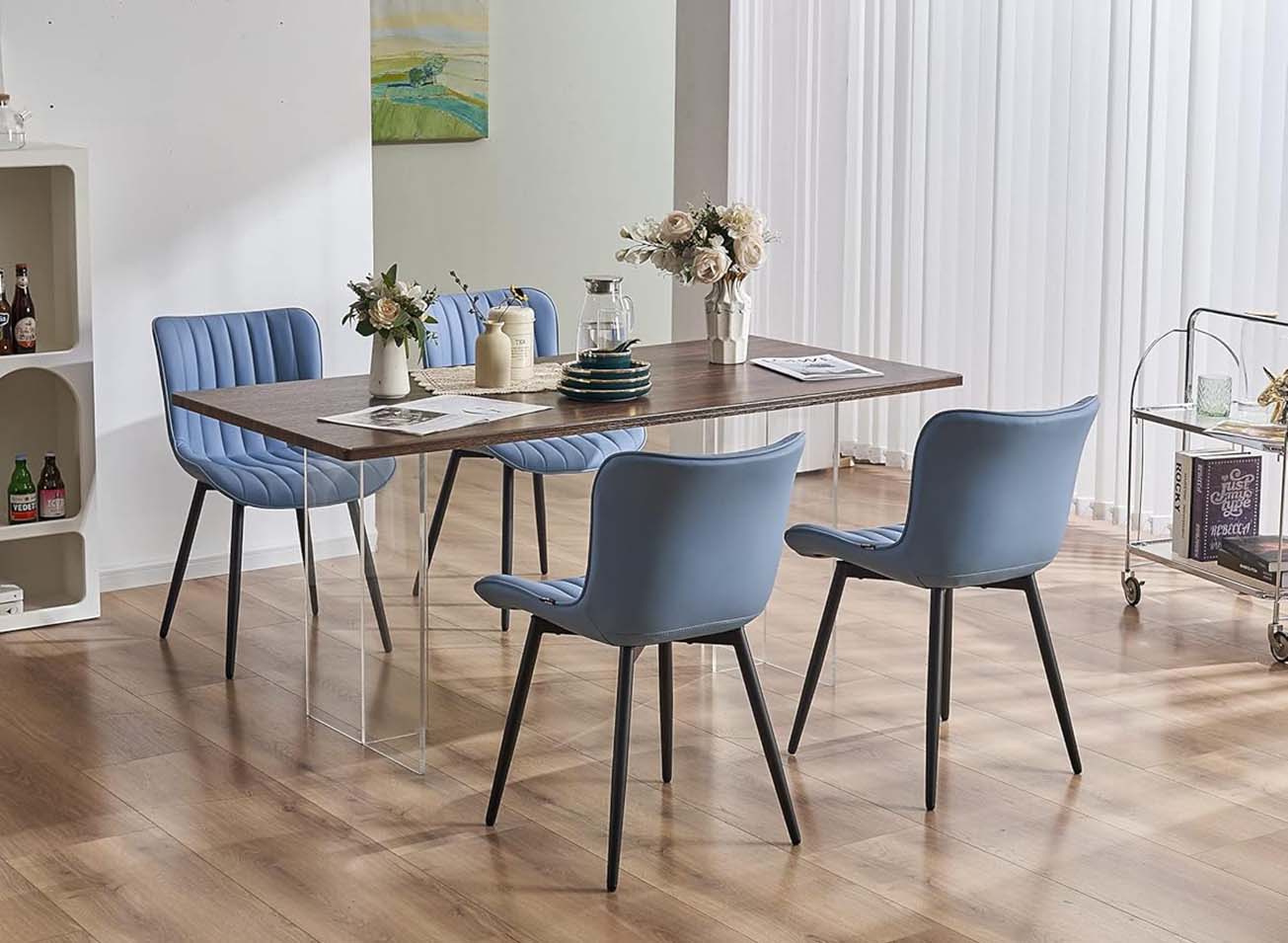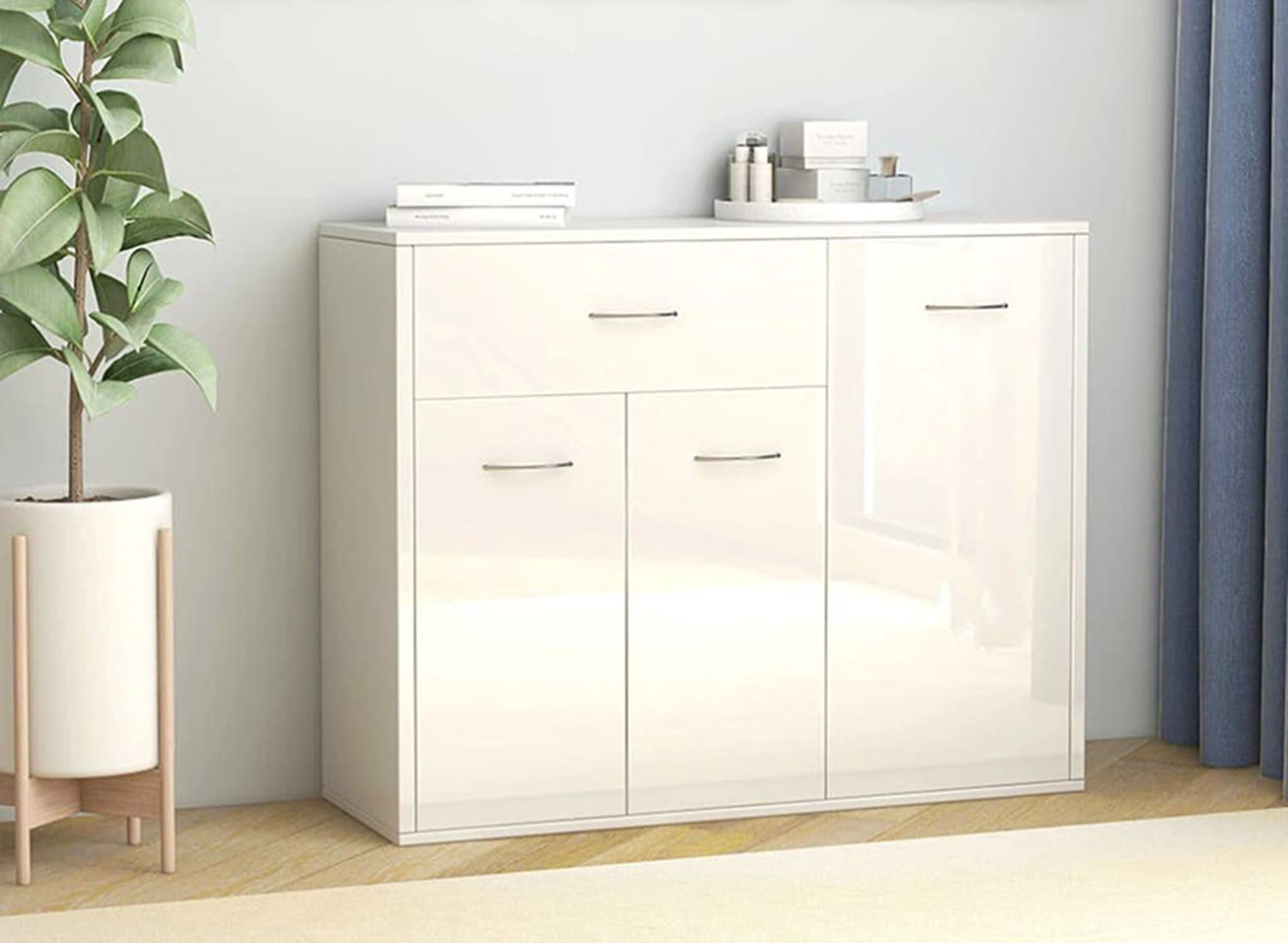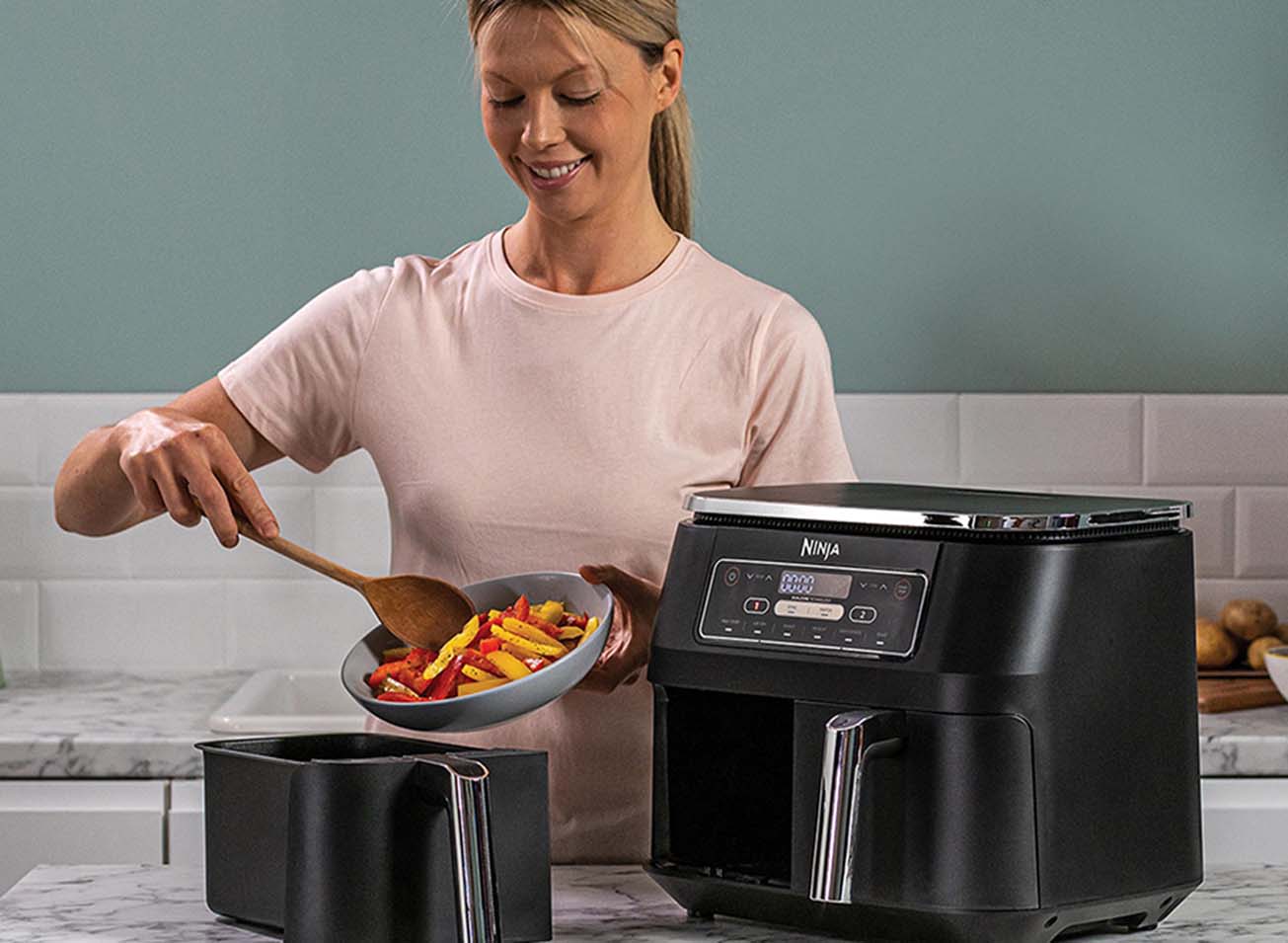In modern home decor, the dining room, as an essential place for family meals and social gatherings, not only needs to provide a comfortable dining environment but should also balance both practicality and aesthetics. The buffet cabinet, a key piece of furniture in the dining room, serves more than just a storage function; it can also enhance the overall ambiance of the space. In our busy daily lives, a well-designed, multifunctional buffet cabinet can significantly improve the cleanliness of the dining area and provide operational convenience, while also becoming a stunning focal point in your home.
This article delves into the functions of a buffet cabinet, tips for choosing the right one, and how to incorporate it into different dining room designs, helping you select a cabinet that fits your personal needs and enhances the overall quality of your home decor.
1. Basic Functions of a Buffet Cabinet
A buffet cabinet, as the name suggests, is primarily used to store dining utensils, food, beverages, and other related items. As home design evolves and people’s needs change, modern buffet cabinets go far beyond traditional storage purposes. More and more buffet designs now integrate multiple functions, such as storage, display, and aesthetics.
1.1 Storage Function
The fundamental role of a buffet cabinet is storage. In daily life, the dining room is not just a place for meals but also often serves as a space for family gatherings or dinner parties. Therefore, a buffet cabinet needs to provide ample storage for dining utensils, drinks, food ingredients, and other commonly used items. Buffet cabinets usually come with multiple compartments and drawers to store different types of items, keeping dining utensils organized and ensuring the table stays tidy.
1.2 Display Function
In addition to storage, many modern buffet cabinets incorporate a display function. The design of some cabinets emphasizes aesthetics and details, making them an integral part of the dining room decor. For instance, buffet cabinets with glass doors can display fine dinnerware, wine glasses, vases, and other decorative items, adding beauty and a sense of layering to the space. These cabinets are not only practical but also elevate the overall style of the home.
1.3 Multifunctionality
With changing lifestyles, the functions of buffet cabinets have become increasingly diverse. Some buffet cabinets are equipped with wine racks, wine storage, or even a coffee bar area, making them a multifunctional zone for storage and service within the dining room. Additionally, some buffet cabinets come with built-in power outlets to conveniently power dining room appliances such as ovens or microwaves.
1.4 Hygiene and Cleanliness
A well-designed buffet cabinet can also help prevent moisture issues in food and utensils. Through a closed design, the cabinet can shield items from dust and humidity, keeping them dry and prolonging their lifespan. Furthermore, the drawer and shelf designs make cleaning easier, minimizing clutter and reducing hard-to-reach spaces.
2. How to Choose the Right Buffet Cabinet
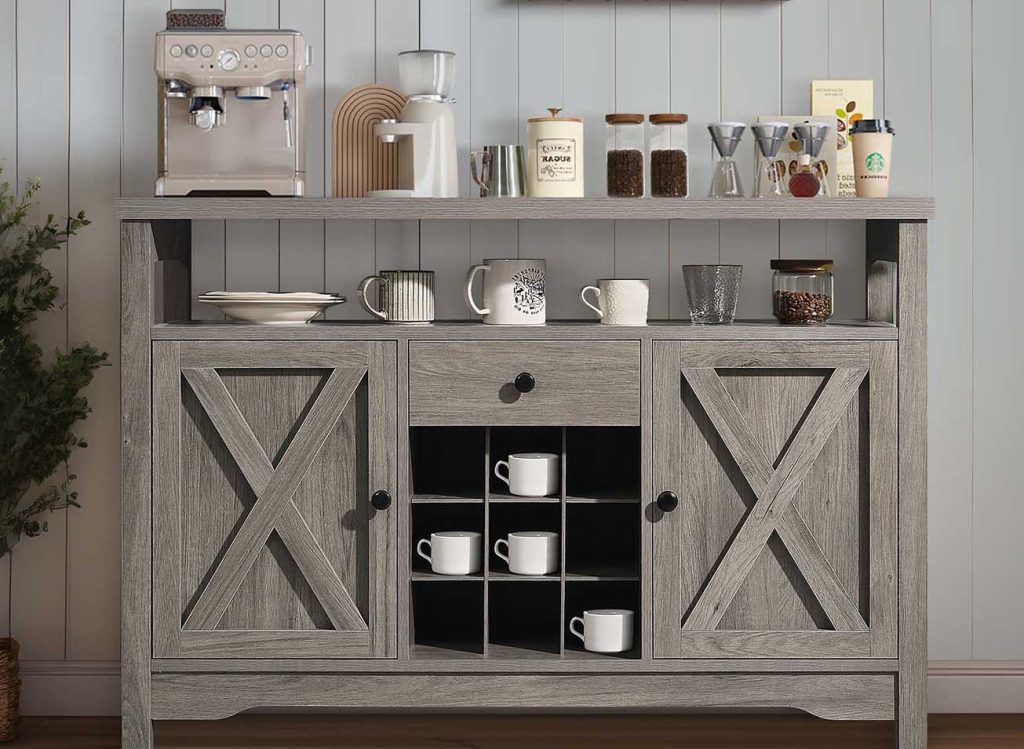
When selecting a buffet cabinet, it is important to consider both its functionality and how it fits into the dining room space, style, and your personal preferences. Below are key points to focus on when choosing a buffet cabinet.
2.1 Space Planning
The first consideration when selecting a buffet cabinet is the actual size of your dining room. For smaller spaces, opt for buffet cabinets with simple designs and compact footprints, such as open-shelf models or wall-mounted cabinets, which save space while providing adequate storage. For larger dining rooms, you may choose more luxurious, multifunctional buffet cabinets, such as those with integrated wine storage or display cabinets.
2.2 Style Coordination
The design of the buffet cabinet should match the overall decor style of the dining room. If your dining room features a modern minimalist style, choose a cabinet with simple lines and contemporary materials, such as white or wood finishes. For a country-style dining room, opt for a buffet cabinet with vintage or natural wood textures to create a warm, inviting atmosphere. For a Nordic-style dining room, a simple and bright cabinet design with light wood materials would be ideal.
2.3 Material Selection
The material of the buffet cabinet directly impacts its appearance and durability. Common materials include wood, metal, and glass. Wooden buffet cabinets are natural and rustic, providing a warm and comfortable feel, making them ideal for traditional or countryside-style dining rooms. Metal buffet cabinets offer a modern and stylish look, perfect for minimalist or industrial-style rooms. Glass buffet cabinets provide excellent transparency, making them suitable for smaller spaces or rooms where displaying items is important.
2.4 Storage Functionality
The storage capacity of a buffet cabinet is a critical factor in choosing the right one. First, assess your storage needs: do you need ample space to store large quantities of dinnerware, drinks, or food? The design of the buffet cabinet should meet these requirements. Pay attention to the number of drawers and the height of the shelves. Drawers are ideal for smaller items, while shelves are better for larger items or displays.
2.5 Detail Design
Details matter when it comes to furniture quality. The drawer tracks, door handles, and hinges of the buffet cabinet all affect its usability. High-quality buffet cabinets often feature smooth, silent drawer slides and durable hinges, ensuring long-lasting use. Additionally, moisture-resistant designs are crucial, especially in areas with high humidity. Choose cabinets with moisture-proof features to prevent wood from warping due to dampness.
3. Matching and Decorating Your Buffet Cabinet
A buffet cabinet is not just functional; its appearance and placement can also influence the overall atmosphere of your dining room. With thoughtful matching and decoration, the buffet cabinet can enhance the harmony and aesthetic appeal of the entire space.
3.1 Dining Room Lighting Coordination
Lighting can significantly enhance the ambiance of the dining room. Properly placed lighting near the buffet cabinet can not only highlight the dinnerware and display items but also create a cozy and elegant dining environment. For example, installing a pendant light or spotlights above the buffet can accentuate the items inside, adding a touch of warmth and sophistication to the dining area.
3.2 Accessories and Decorative Items
In the display sections of the buffet cabinet, you can place decorative items such as vases, fine dinnerware, or elegant napkin holders. These accessories help strike a perfect balance between functionality and decoration. You can also display books, wine bottles, or personalized ornaments, which can enhance the room’s texture and reflect the personality and taste of the homeowner.
3.3 Creative Ways to Maximize Storage Space
The storage space of a buffet cabinet is not limited to its built-in design; you can further increase storage capacity by creatively arranging your items. For example, utilize the top or bottom of the buffet cabinet to place storage baskets or bins, enhancing hidden storage. In smaller dining rooms, installing shelves on the walls next to the buffet cabinet can help maximize storage potential.
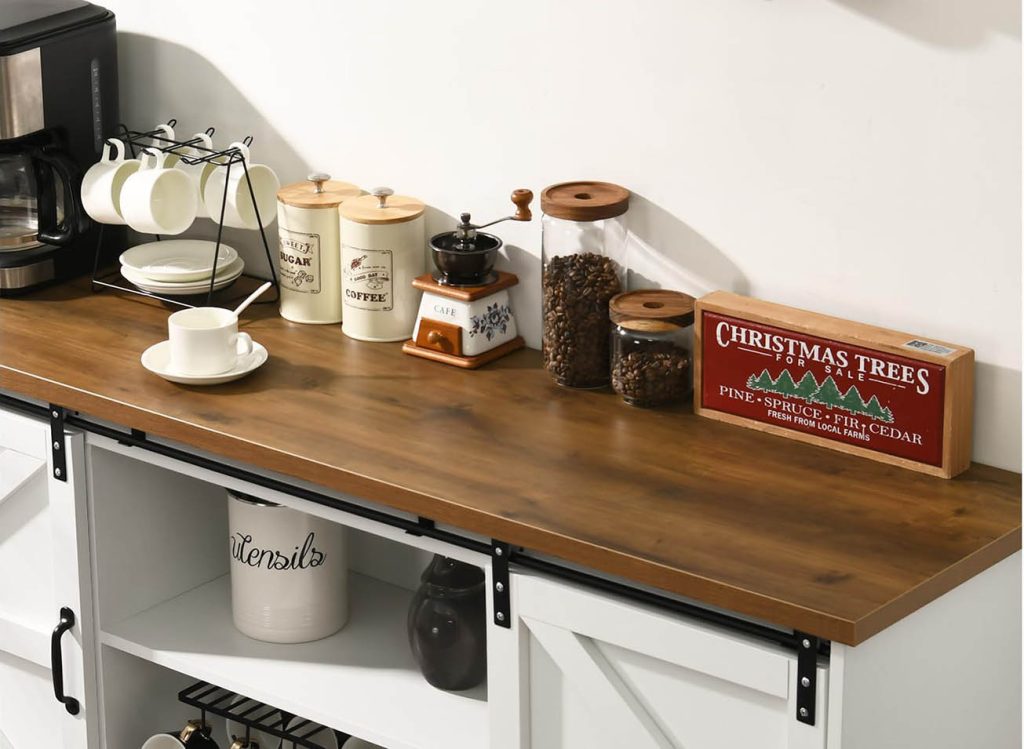
4. Buffet Cabinet Selection for Different Dining Room Styles
The design of the buffet cabinet should align with the overall theme of the dining room. Different dining room styles call for different buffet cabinet designs.
4.1 Modern Minimalist Style
Modern minimalist dining rooms emphasize simple lines and functional designs. Choose a buffet cabinet with a sleek, contemporary design. Neutral or cool tones such as gray, black, and white work well for this style. Consider cabinets with simple frames and elements like glass doors or metal accents to create a more modern vibe.
4.2 Country Cottage Style
Country cottage dining rooms are characterized by warmth and a homely atmosphere. Buffet cabinets should be made of wood with visible grain and natural textures. Choose vintage-style cabinets with a slightly weathered or distressed finish to add a rustic charm. Soft, warm tones such as light wood or cream-colored finishes complement the cozy, relaxed vibe of country-style decor.
4.3 Industrial Style
Industrial-style dining rooms are known for their rugged, raw aesthetic. Buffet cabinets should incorporate materials like black metal or reclaimed wood to reflect the industrial look. These cabinets often feature open shelving and exposed elements, showcasing the raw beauty of the materials.
4.4 Nordic Style
Nordic dining rooms focus on simplicity, brightness, and natural design. Buffet cabinets should feature lightweight, simple designs, and combine functionality with aesthetics. Light-colored wood and white tones are the primary color palette, creating a sense of openness in the space. Incorporating glass elements can also enhance the sense of transparency and lightness in the room.
By considering the factors mentioned above and using matching techniques, your buffet cabinet will not only meet storage needs but also elevate the overall atmosphere and comfort of your dining room. Whether it’s a classic wooden design or a modern metallic finish, finding the right buffet cabinet will add an undeniable charm to your dining space.
